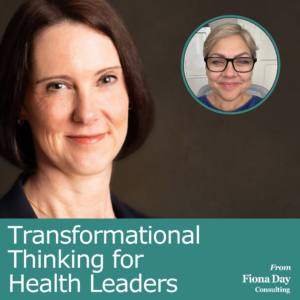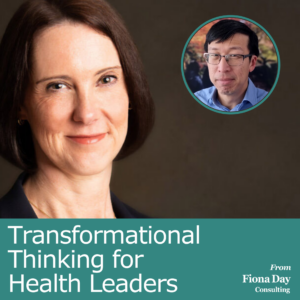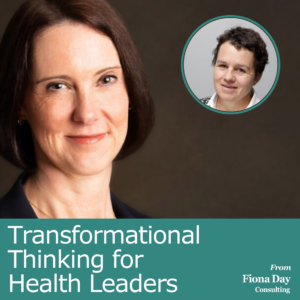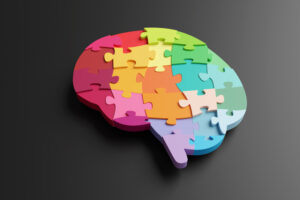I’ve spent over 25 years studying, teaching, and using ‘positive psychology’, the science of what helps people to flourish, within the context of addressing the wider determinants of health and wellbeing such as housing, education etc. These days I mainly focus on supporting people to develop their own internal resources in the face of challenge and adversity and specifically in their working lives – as our own internal resources are always available to us.
One of my favourite tools to develop people’s resilience and wellbeing, and a personal favourite practice, is Dr Rick Hanson’s ‘taking in the good’ practice. It uses cutting edge positive neuroplasticity (the science of how to use your mind to change the hardwiring in your brain for the better) to overcome our innate negativity bias, where our brains are programmed to be ‘like teflon for good experiences but like velcro for negative ones’.
Simple, easy to remember, portable and applicable at any moment, this short ‘savouring’ mini mindfulness practice of approximately 15 seconds several times a day is a great way to start to build internal resources for greater wellbeing and equanimity.
There are three basic steps for this practice. I will outline them in more detail in future blogs, but here is a brief summary. Spend about 5 seconds on each step:
- Have a positive experience – this means noticing a positive experience or imagining one from the past or the future in your mind. It can be something as simple as holding a warm cup of tea and noticing the pleasurable feeling of warmth and comfort, noticing that the sunset, or that the leaves are looking beautiful today, noticing that someone has smiled at you. At work, notice something positive, like a pleasant exchange with a colleague, or a feeling of satisfaction of a task completed. The point here is to notice that there is an opportunity to consciously savour something positive.
- Enrich the experience – this means spending a few seconds really noticing in more detail and describing it to yourself. Such as saying to yourself, ‘oh that sunset is so beautiful today and look how the clouds are really lit up and that shade of pink is really vibrant’; ‘it feels so good to have got that task completed, I worked so hard and I saw it through’.
- Absorb the experience – this means embodying the experience through staying with it for a little longer than you normally would and is a crucial step in installing neuroplastic change. Imagine the experience becoming a part of you, like a soothing balm spreading through your body. This step is the one that really hardwires positive experiences into your brain.
Make a commitment to be more aware of opportunities to savour little moments in life and at work – and notice the difference it makes over a period of time.
Dr Fiona Day is the world’s only Leadership Coach with advanced coaching psychology, medical and public health qualifications (MBChB, FFPH, BPS Chartered Psychologist in Coaching Psychology, EMCC Master Practitioner Coach & Mentor) and is in a unique position to help you and your teams to flourish. Fiona specialises in coaching medical and public health leaders, is a coach Supervisor, and an EQA Foundation Award Holder. Get 3 hours of FREE CPD with Fiona’s Health Career Success Programme here. Book a free confidential 30 minute Consultation with Fiona here.









